There can be your advertisement
300x150
Tips to Level Walls with Gypsum Board Yourself
The issue of wall leveling takes up a lot of mental effort today. Despite modern construction technologies and new materials, apartments cannot boast of ideal surfaces – thus, gypsum board becomes the main hero. A beginner can also handle it – our detailed instruction will help you.
Step 1: Prepare the Wall Surface
1. Walls must be clean and dust-free. Make grooves every 30 cm vertically and every 10 cm horizontally – they will ensure better adhesion of the glue to the wall.
2. Use a plumb line or level and a ruler to check the wall's verticality. If the deviation exceeds 2 cm, gypsum board panels should be mounted with screws – for this, a metal profile frame is required.
Step 2: Cut the Boards
1. Cut boards to size according to the wall height from floor to ceiling, minus 1 cm.
2. If hidden electrical wiring or water pipes will be installed under the gypsum board, drill holes for mounting electrical boxes.
3. Cut boards using a special knife and ruler. Place the ruler along the cut line and score the board with the knife, pressing firmly. Stand the board upright and bend it at the scored line. Score the back side of the board with the knife to complete the cut.
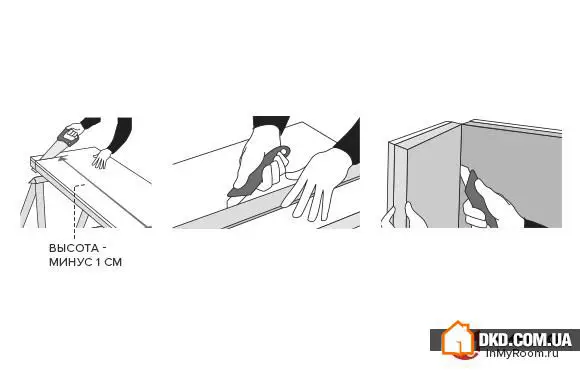
Step 3: Cover the Wall with Boards
1. Prepare adhesive according to the instructions on the package. Apply the mixture onto the gypsum board sheet.
2. Place 1 cm thick shims (2 per sheet) on the floor along the wall. Lean the board against the wall and lift it up to the ceiling.
3. Press the board against the wall, align it vertically and horizontally. Also check that the boards are aligned with each other. When gluing boards with rounded edges, leave a 5 mm gap between boards.

Step 4: Fill the Joints
1. Ensure that boards with cut edges are properly aligned. Mix the joint compound according to the proportions indicated on the package. Cut a piece of fiberglass mesh to the required length. Apply a layer of spackle between the boards, glue the mesh in the center of the joint, then apply another layer of compound and let it dry.
2. Make sure there is a 5 mm gap between boards with rounded edges. Fill the joint thoroughly with the compound mixture. Then apply one or two additional layers to level the surface.

More articles:
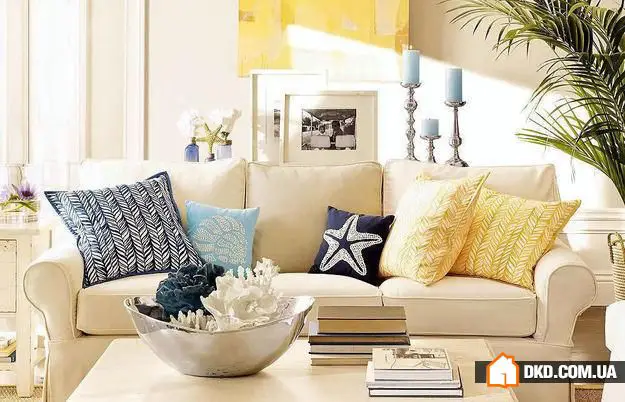 How Much Sunlight to Install in Grams: 6 Facts About Insolation
How Much Sunlight to Install in Grams: 6 Facts About Insolation What to Do Right Now: Choosing a New Color for Interior
What to Do Right Now: Choosing a New Color for Interior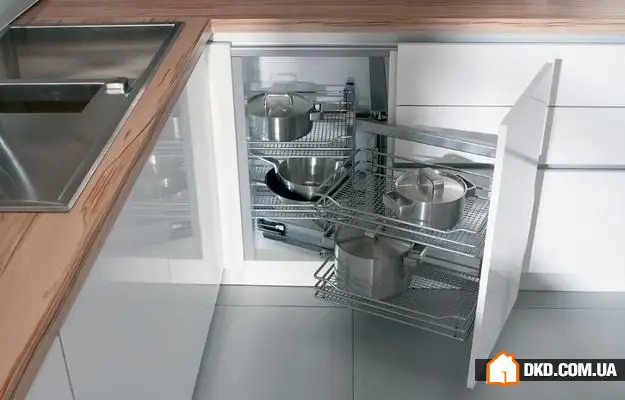 10 Big Secrets of a Small Kitchen – Fit Everything You Need
10 Big Secrets of a Small Kitchen – Fit Everything You Need How to Arrange a Kitchen with Balcony: 3 Options + Expert Comments
How to Arrange a Kitchen with Balcony: 3 Options + Expert Comments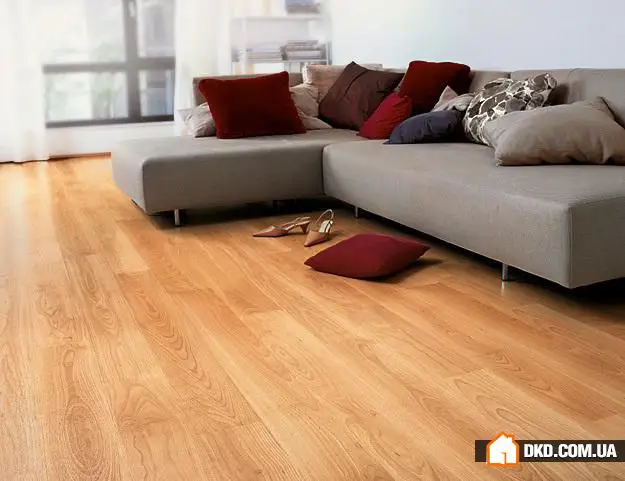 Visual Guide to Installing Linoleum in an Apartment
Visual Guide to Installing Linoleum in an Apartment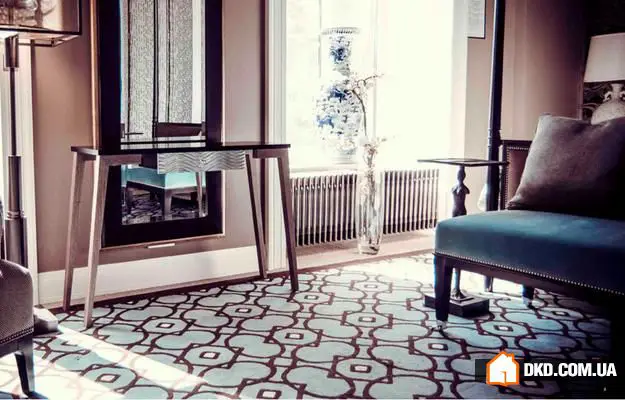 Custom Furniture: 7 Myths to Debunk
Custom Furniture: 7 Myths to Debunk How Daily Life Kills Design: 10 Mistakes You Make at Home
How Daily Life Kills Design: 10 Mistakes You Make at Home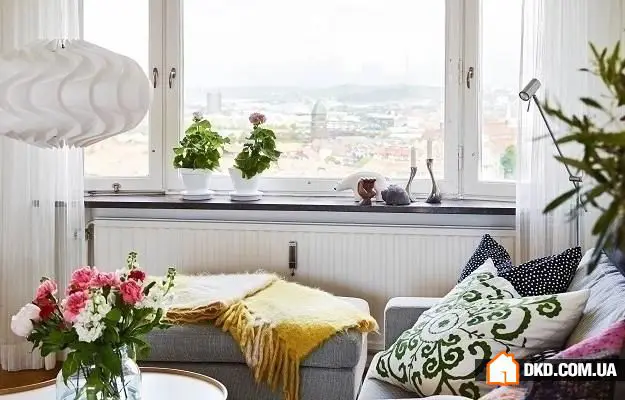 How to Quickly Tidy Up Your Home: 15 Budget Ideas
How to Quickly Tidy Up Your Home: 15 Budget Ideas